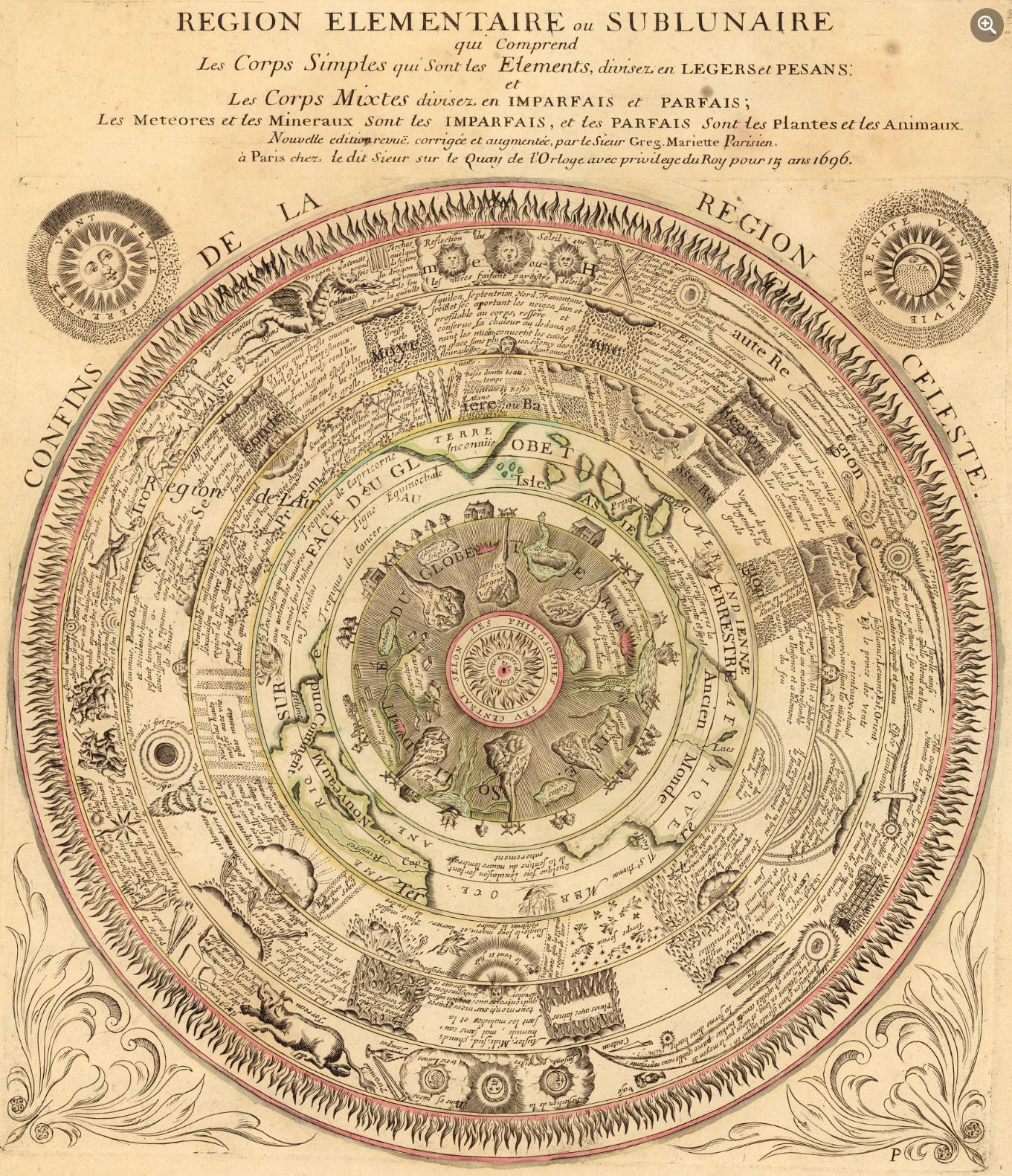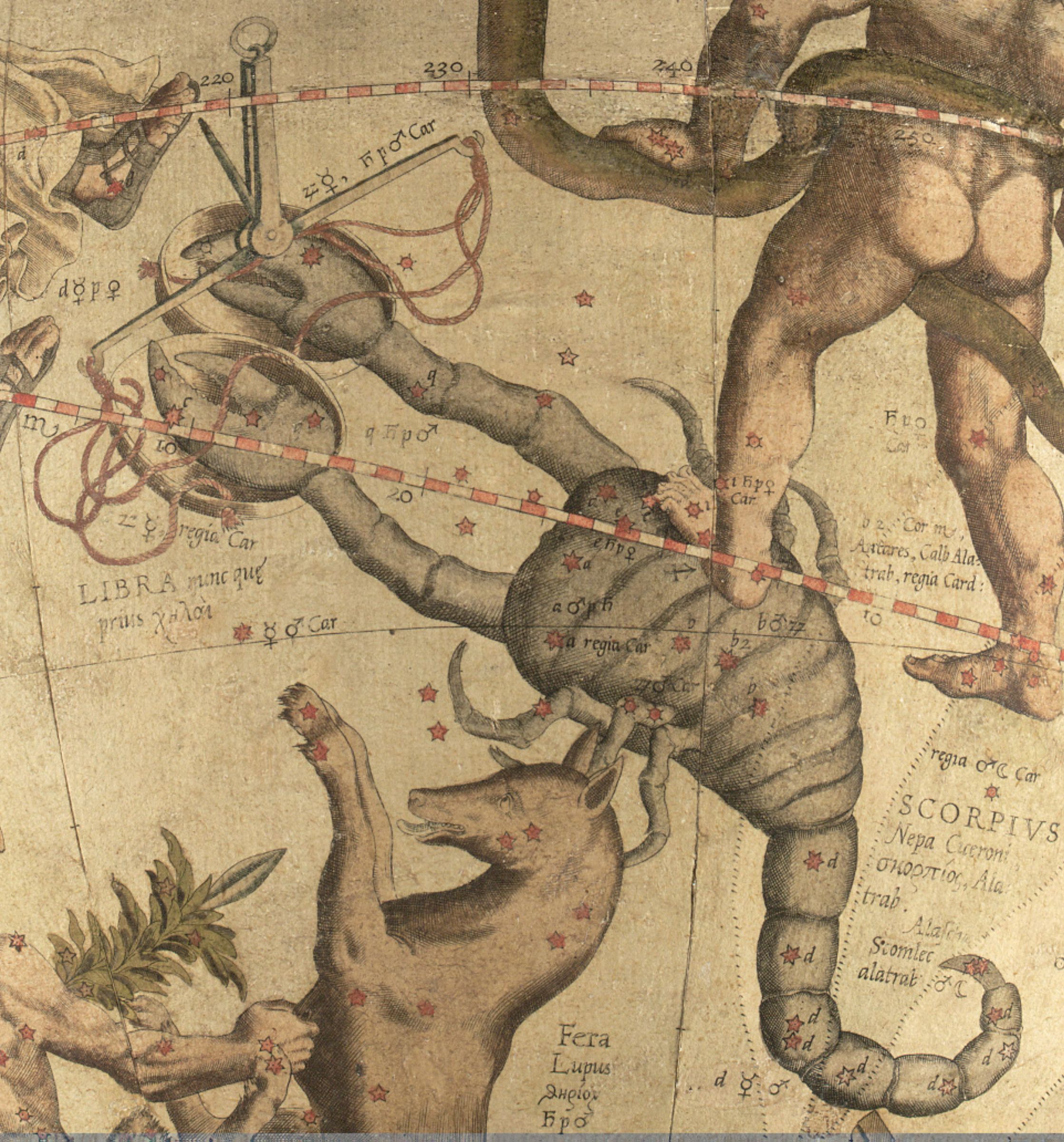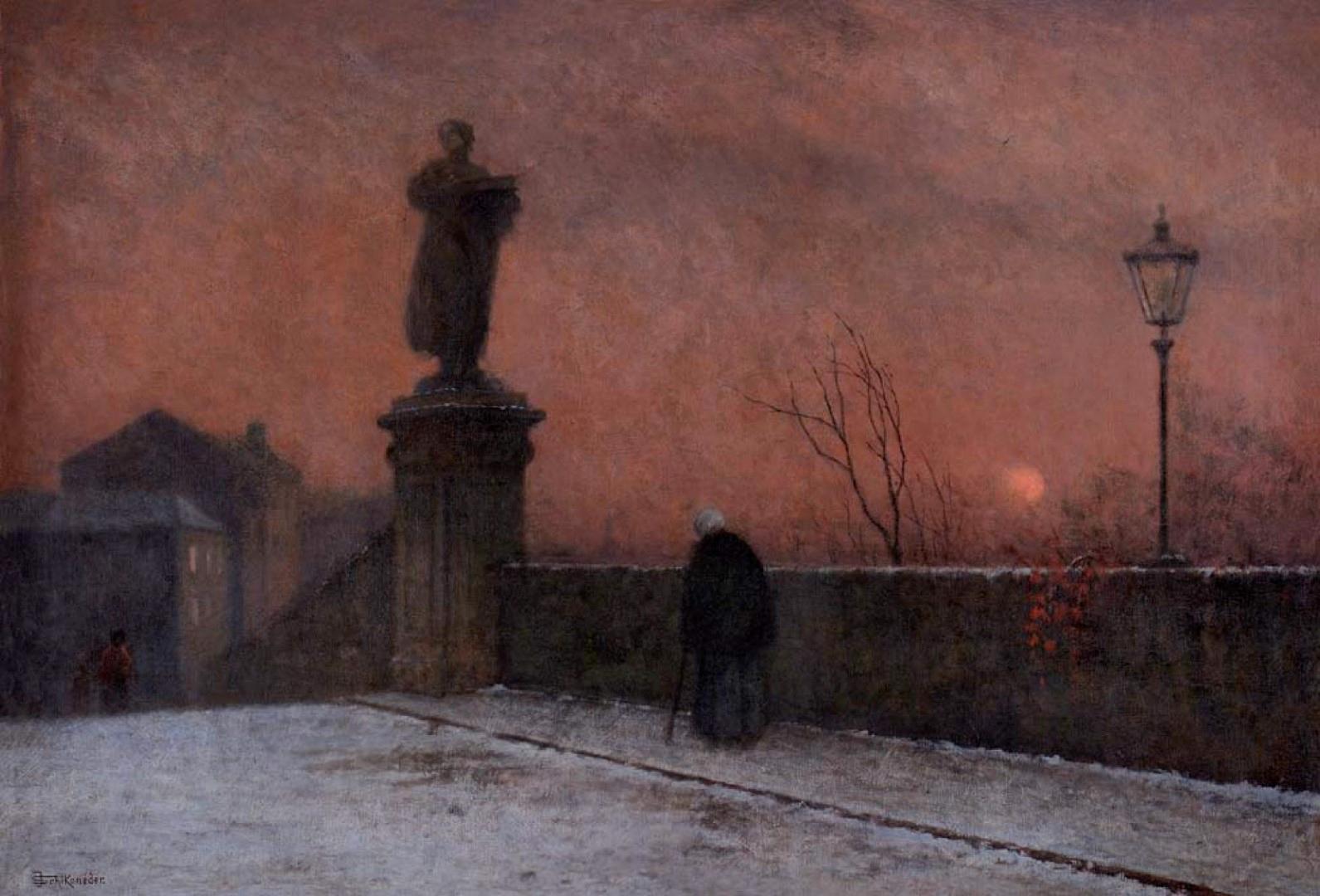Tag: Gnosis

The Ace of Swords is the moment when the Word separates itself from the flesh in order to know it. It is the blade of discernment, the first gesture of light cutting through the undifferentiated mist. To separate the wheat from the chaff is an apt image: the sword cleaves the field of consciousness to…

John 6:66-71 is one of those rare crystalline points where theology, language, and ontology come together. Even the verse number 6:66 feels like a mirror of division, marking the threshold where the Word separates those who remain from those who cannot bear the mystery. Just before this, Christ uttered the most scandalous of all sayings:…

Psalm 91 is the psalm of absolute trust, of the protective power of the Name, used since antiquity as a verbal amulet against visible and invisible evil. It appears in the final section of the fourth Book of the Psalter (Psalms 90–106), traditionally tied to Moses. It mirrors Psalm 90, which laments human frailty before…

The episod of John 6:16-21 takes place immediately after the multiplication of the loaves. The disciples, without Jesus, go down to the lake of Tiberias. The wind is strong, the night falls, and the crossing becomes perilous. In the midst of the turbulent sea, Jesus appears walking upon the waters and utters Ego eimi –…

The feast of All Saints points to a hidden unity. Behind the countless faces of sanctity remains a single body, a living organism of light. The saints are its organs and the unknown righteous its invisible breath. On this day the veil between heaven and earth becomes softer and the Corpus Mysticum breathes again through…

Languages do not die. The words uttered in temples and deserts remain suspended in the subtle air, their syllables repeating themselves in the invisible. Each sacred tongue becomes a vessel of vibration; through long use it condenses into a presence, a field of memory. The prayers of the dead stratify the astral atmosphere, forming egregores.…









